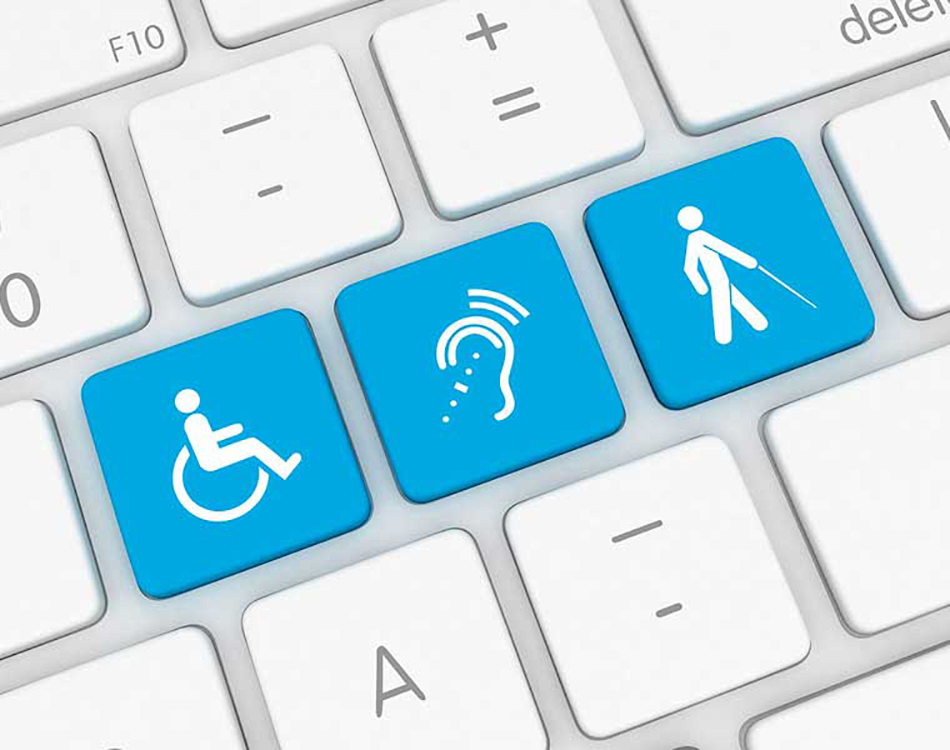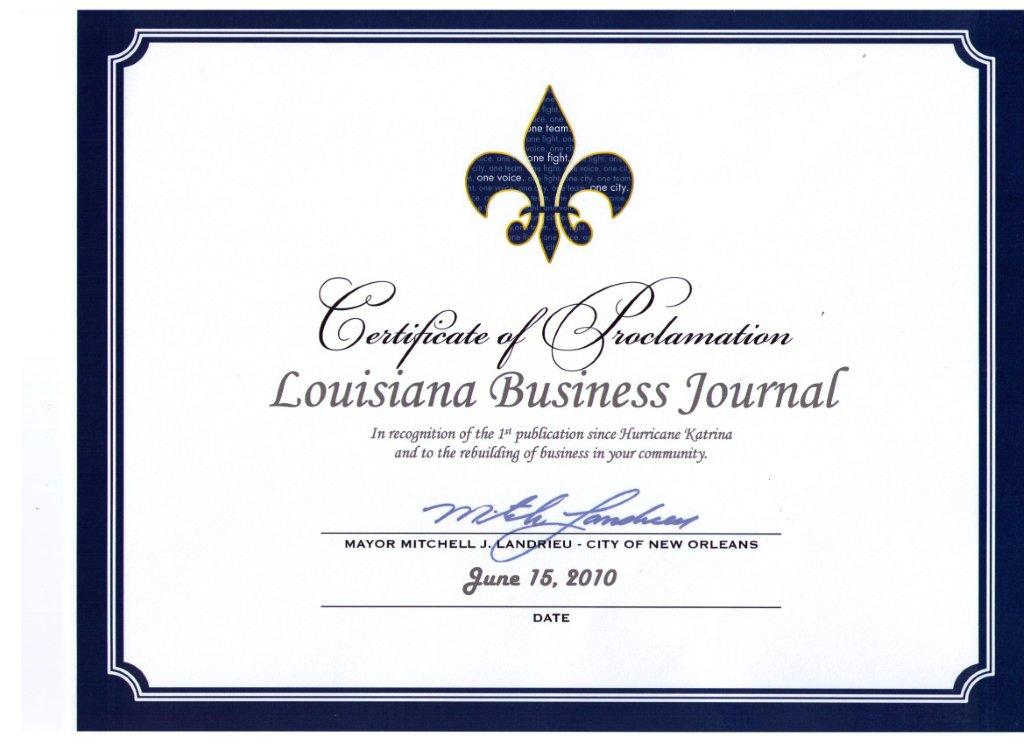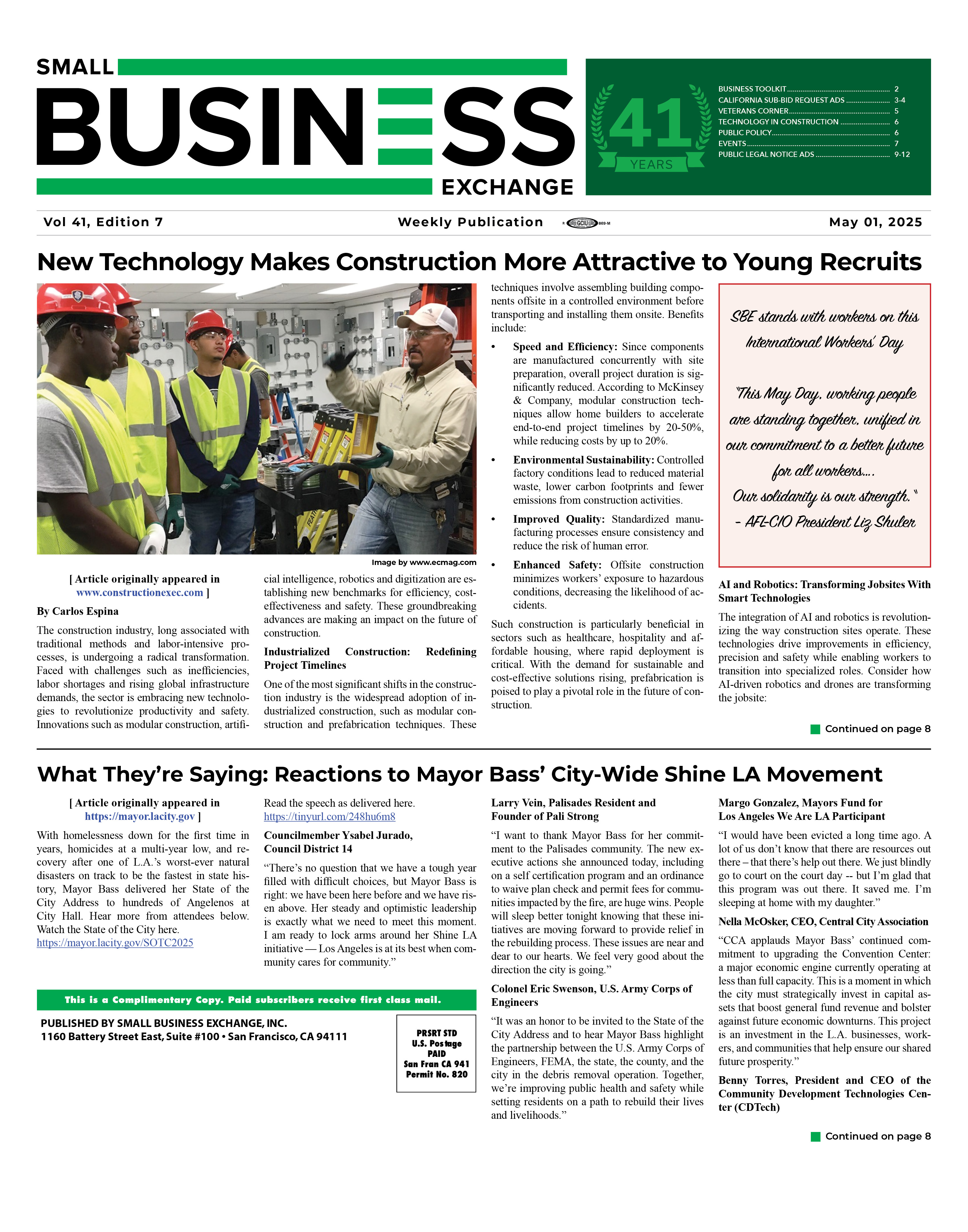Accessible Sites for the Hearing Impaired
10/03/2023
 By Marcus Lansky, Abilitator By Marcus Lansky, Abilitator
People who use websites come from a diverse range of backgrounds and perspectives. When it comes to designing a website for your business, it’s crucial to ensure your site works for all potential clients and customers. That includes individuals with different abilities, such as people living with hearing impairments.
Designing a site that accommodates all types of customers, including those with hearing impairments, doesn’t just give you a competitive edge. More importantly, it builds trust, communication, and rapport with potential customers, showing them you’re an ethical, compassionate business. If anyone can access your site content, regardless of ability or impairment, you’ll reach more customers and, hopefully, make more sales.
 Why Accommodate Hearing Impairments? Why Accommodate Hearing Impairments?
Before changing your website, it helps to understand why you should make your site accessible to individuals with hearing impairments. First, there’s a good chance that many of your prospective clients and customers are hearing impaired. According to statistics, thirty-six million Americans have a hearing impairment. Hearing loss can range from tinnitus to disabling hearing impairments, such as deafness, so it’s important to design your website to meet every type of hearing impairment.
The World Health Organization (WHO) estimates that at least nine hundred million individuals “will have disabling hearing loss” by the year 2050. As your business grows, the number of people with hearing impairments who use your website will probably increase, too. It’s essential to prepare in advance so you can accommodate them.
Understanding Inclusive Design
Websites that cater to all people, regardless of ability or impairment, provide a more respectful, delightful experience. The strategy of building these websites is called inclusive design. Believing inclusive design is “universally” beneficial, Microsoft offers recommendations and downloadable files to help you make your site more inclusive. Because features like video captions help everyone, designing for the hearing impaired can benefit many of your visitors.
Creating Inclusion
Here are three ways to make your site accessible and inclusive:
Legalities
You might be legally required to accommodate hearing impairments. For instance, several laws require online videos to include accessibility features like captions.
Many companies break online laws without even realizing it. To stay legal, familiarize yourself with FCC legal requirements like the 21st Century Communications and Video Accessibility Act. Update your site to comply with these requirements.
It’s your responsibility as a business owner to ensure your site works for anyone who uses it. Ensure your online presence is responsive, accessible, and welcoming of people with various disabilities and hearing impairments. Captions, subtitles, and transcripts are simple steps to help demonstrate that you value all prospective clients and customers—regardless of their backgrounds or abilities.
Source:Abilitator
Back To News |
|
|
|
|
||
|
© 2025 Small Business Exchange, Inc. |
||








